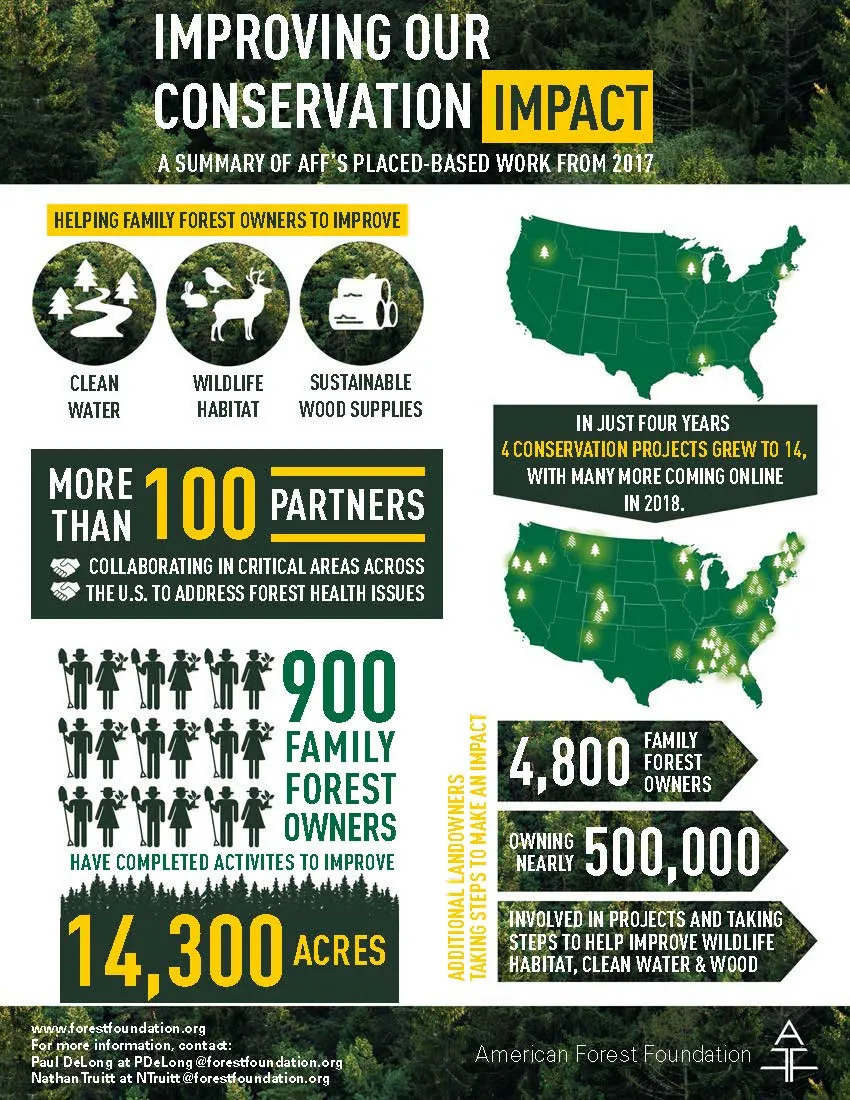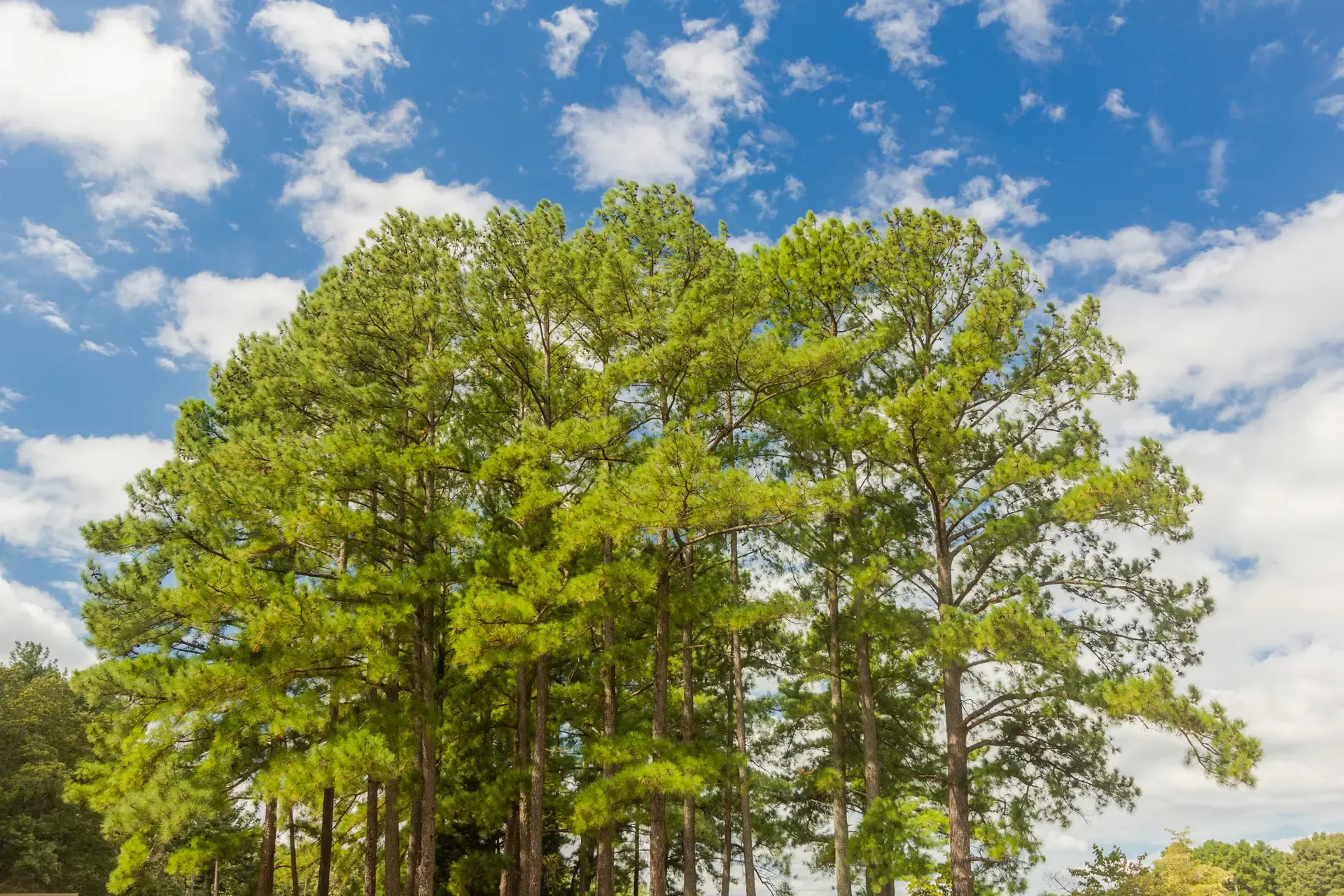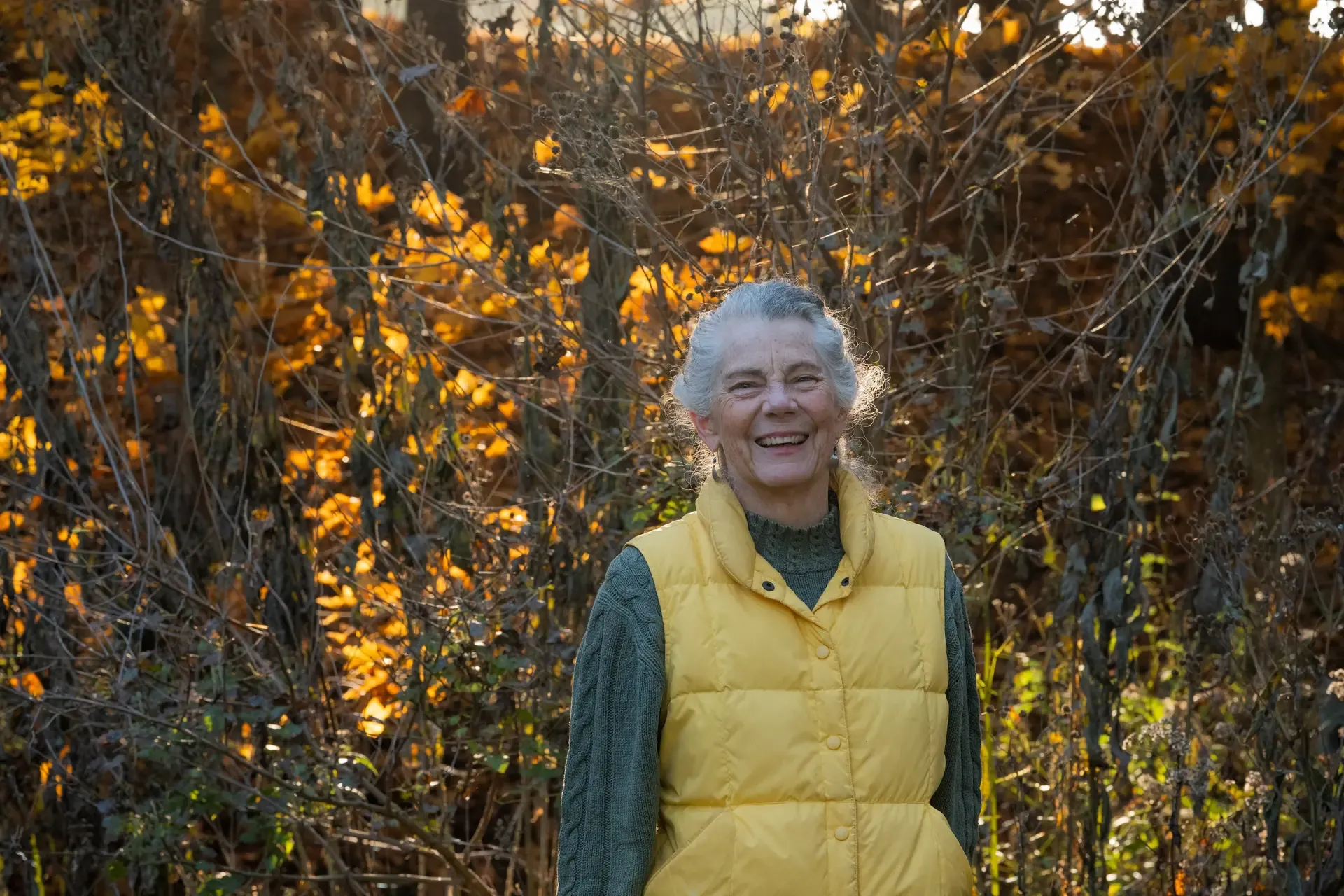2017 Successes from AFF’s Placed-based Conservation Work

The Zorenskys in Colorado were able to overcome onerous costs to restoring fire-resilency to their forests; the Smiths of Connecticut have a management plan in place to create wildlife habitat and climate-resilency in their woods; Dorothy of Alabama, a wildlife lover, now understands the benefits of forest management and just conducted her first prescribed burn. There are hundreds of stories like these thanks to the American Forest Foundation’s (AFF) conservation work with partners and family forest owners across the U.S.
This work, which is a key driver in AFF’s efforts to help protect and measurably increase the clean water, wildlife habitat and sustainable wood supplies from family-owned forests, grew exponentially in 2017, bringing more than 4,300 new (previously unengaged) landowners into the fold of stewardship.
In 2011, AFF started collaborating with local, state and federal partners in targeted landscapes across the U.S. where pressing economic, social and environmental issues were threatening family-owned forests and putting stress on the many resources these forests provide: clean water, wildlife habitat, sustainable wood supplies and more.
AFF, with its expertise in family woodland owners, led the partnerships to take a more hands-on approach to landowner engagement. Localizing messages, providing trusted professionals, building relationships and supplying financial resources where needed has helped remove some of the biggest barriers to active forest management. Additionally, it has brought hundreds of new landowners into the fold of stewardship. What’s more, once these landowners began managing, many took additional steps to improve their land, some even getting certified.
Local, state and federal partners alike quickly recognized the success of collaborating, particularly with AFF, on landowner engagement and worked to rapidly increase the number of these conservation projects across the country. In just five short years, four conservation projects have catapulted into 14 projects, with a significant number of additional projects set to be up and running by the end of 2018. Altogether, more than 100 partners have joined forces with AFF across these projects, jumping on board with AFF’s approach to landowner marketing, pooling resources and focusing efforts where conservation is needed most.
A few highlights from this past year that have led to the expansion of projects and an increase in landowner engagement:
AFF launched a partnership with the National Fish and Wildlife Foundation (NFWF) in both the South and Northeast, which has been a turnkey partnership for our growth. NFWF, the largest conservation grant-making foundation, has combined forces and funding with AFF helping to more than double the amount of funding put forth for our placed-based conservation work around improving wildlife habitat. This investment has generated more projects, partners, resources and direct cost-share to help landowners tackle critical forest issues.
AFF, in its Alabama and Vermont conservation projects, has tested integrating our landowner certification program, the American Tree Farm System, with our conservation work. ATFS, which includes 74,000 Tree Farmers nationwide, is a ripe group of individuals already invested in sustainable management and primed to help address our critical forest issues as well as be local mentors to other new landowners in their community. These tests have proven there is great synergy between ATFS and our targeted place-based work designed to help protect and enhance clean water, wildlife habitat and wood supplies.
AFF’s My Alabama Woods project in the northern Cumberland region of Alabama blew expectations and records of the past 10 years in terms of landowners applying for and using cost-share assistance from the Natural Resources Conservation Services (NRCS) to help reestablish shortleaf pine. While in the past decade, only one landowner had applied for and used assistance to help restore shortleaf, in 2017, more than 30 landowners applied and have committed to helping shortleaf, all thanks to the work of AFF and the partners leading the project.
While many of AFF’s 14 conservation projects are in the beginning phases, establishing boots on the ground, developing localized marketing materials and building demonstration sites for landowner technical training, some are already completing needed work on the ground. In fact, more than 900 landowners have taken action to improve more 14,300 acres of forestland for clean water, wildlife habitat and sustainable wood supplies. In addition, nearly 4,800 landowners, owning nearly 420,000 acres, are in the pipeline, learning more about forest management so they too can help improve their land.
As 2018 begins, and the challenges to our forests continue to grow, AFF plans to expand this important work, exploring new strategies and technologies to help engage landowners and provide them the tools needed to care for and improve their land long-term.
Related Articles

June 3, 2025
Why Wildlife Loves Loblolly—And How These Pines Can Benefit Your Land
A quiet stretch of pine trees can offer more than just scenery—it can provide vital habitat for wildlife across every season. Loblolly pine, the most common native tree species in the Southeast, plays a particularly important role in creating habitat for a wide variety of game and non-game species, from wild turkeys and rabbits to songbirds and squirrels.

March 25, 2025
Goats, Trees, & Community: the Power of Family Forests
The Family Forest Carbon Program has connected Monica with a forester who helps her navigate how to use her land more sustainably. Landowners often fear that enrolling in a carbon projects limits the way they can use their land, but Monica is proof that a property enrolled in FFCP can be just as versatile as any other.

January 3, 2025
A Forest Full of Surprises
A hidden wildflower field, butterflies dancing among the ironweed, and beavers hard at work building their new home. Pennsylvania landowner Kathy McClure’s property is full of small surprises that come together to create a magical place for her family.